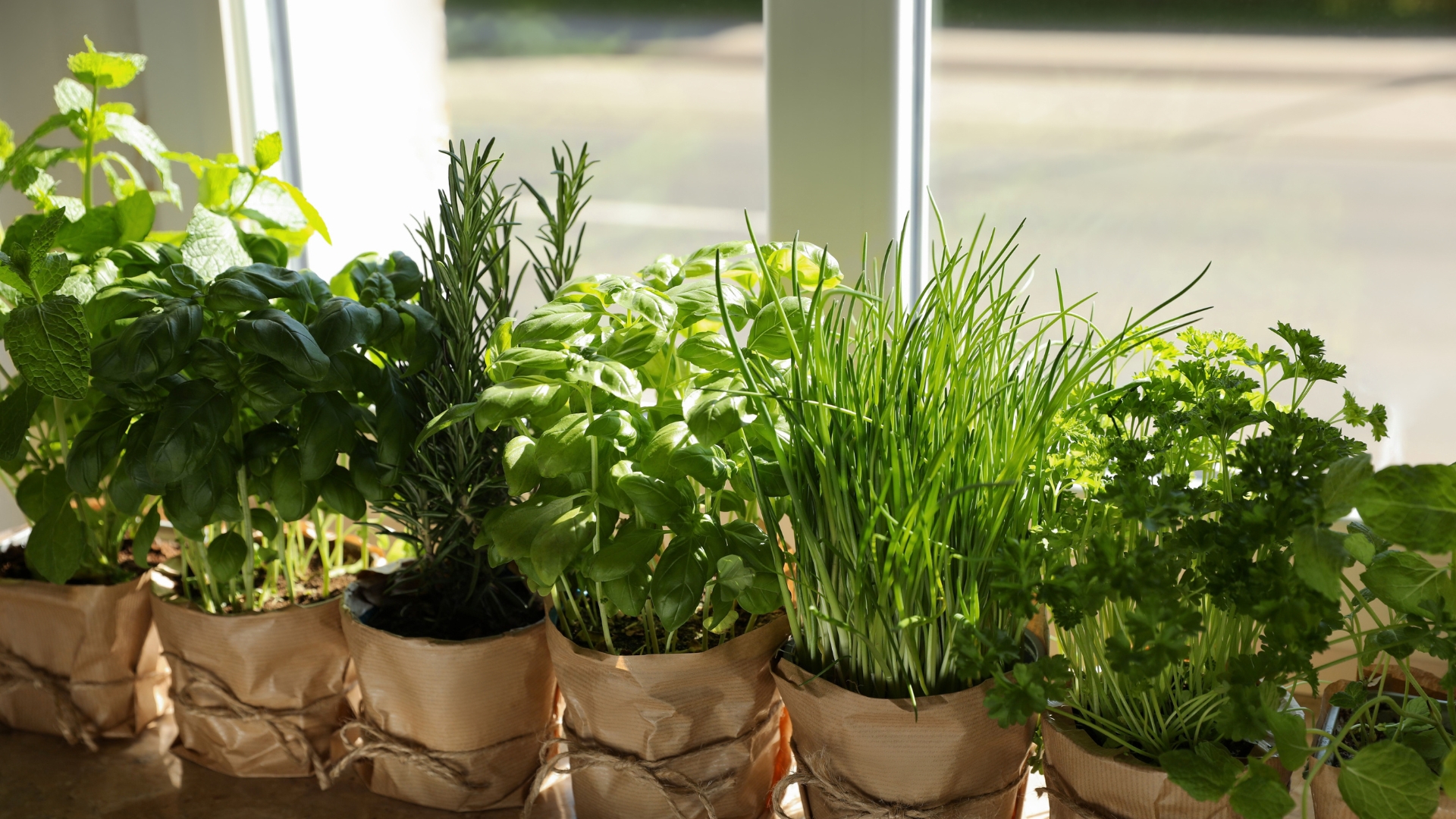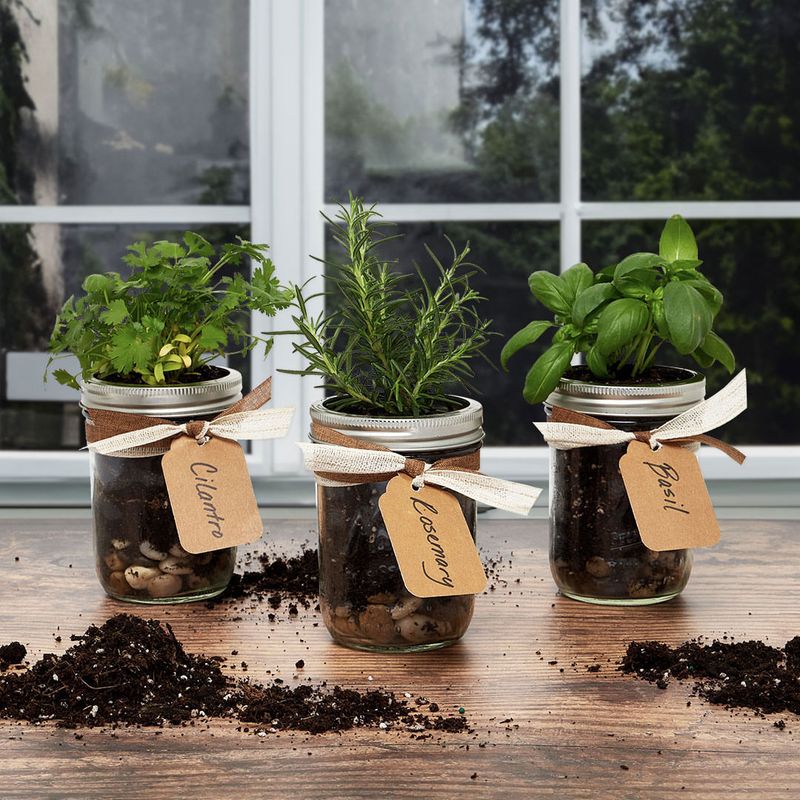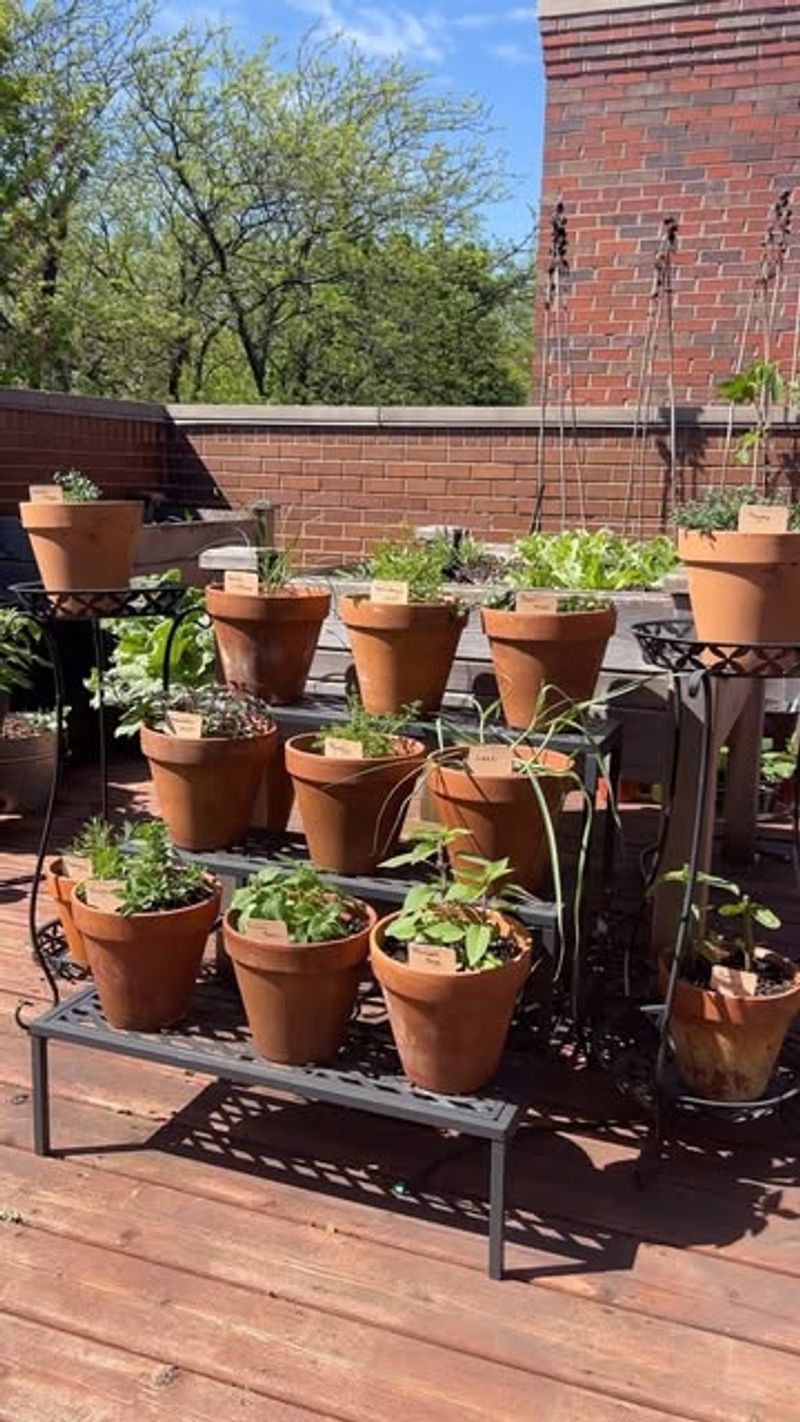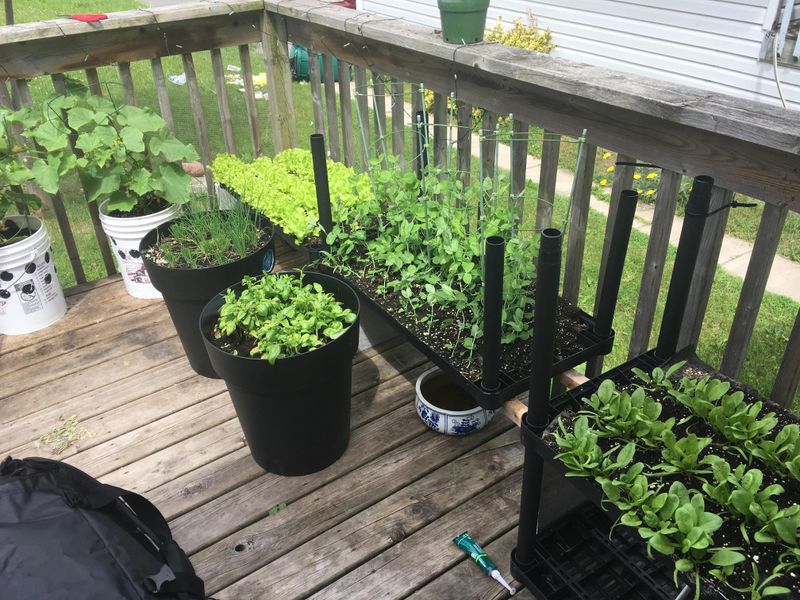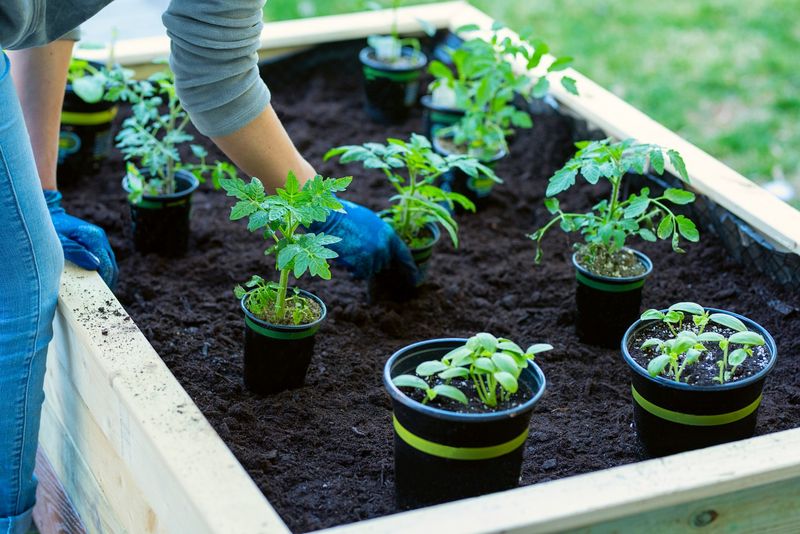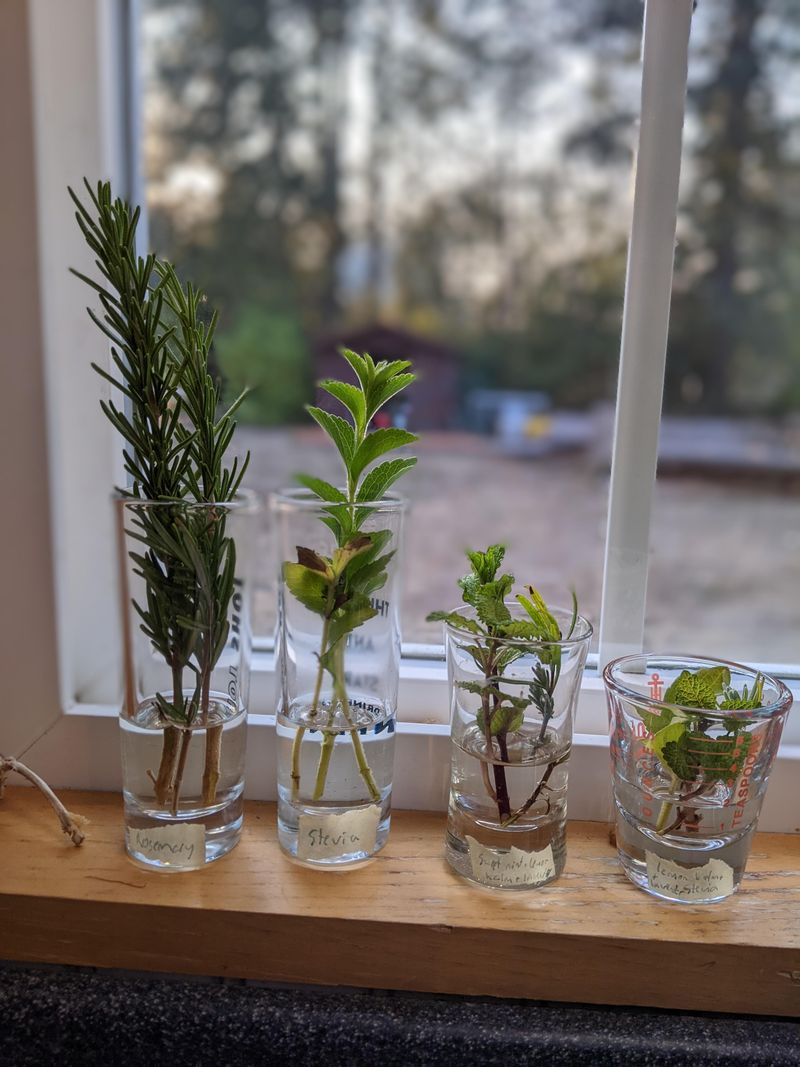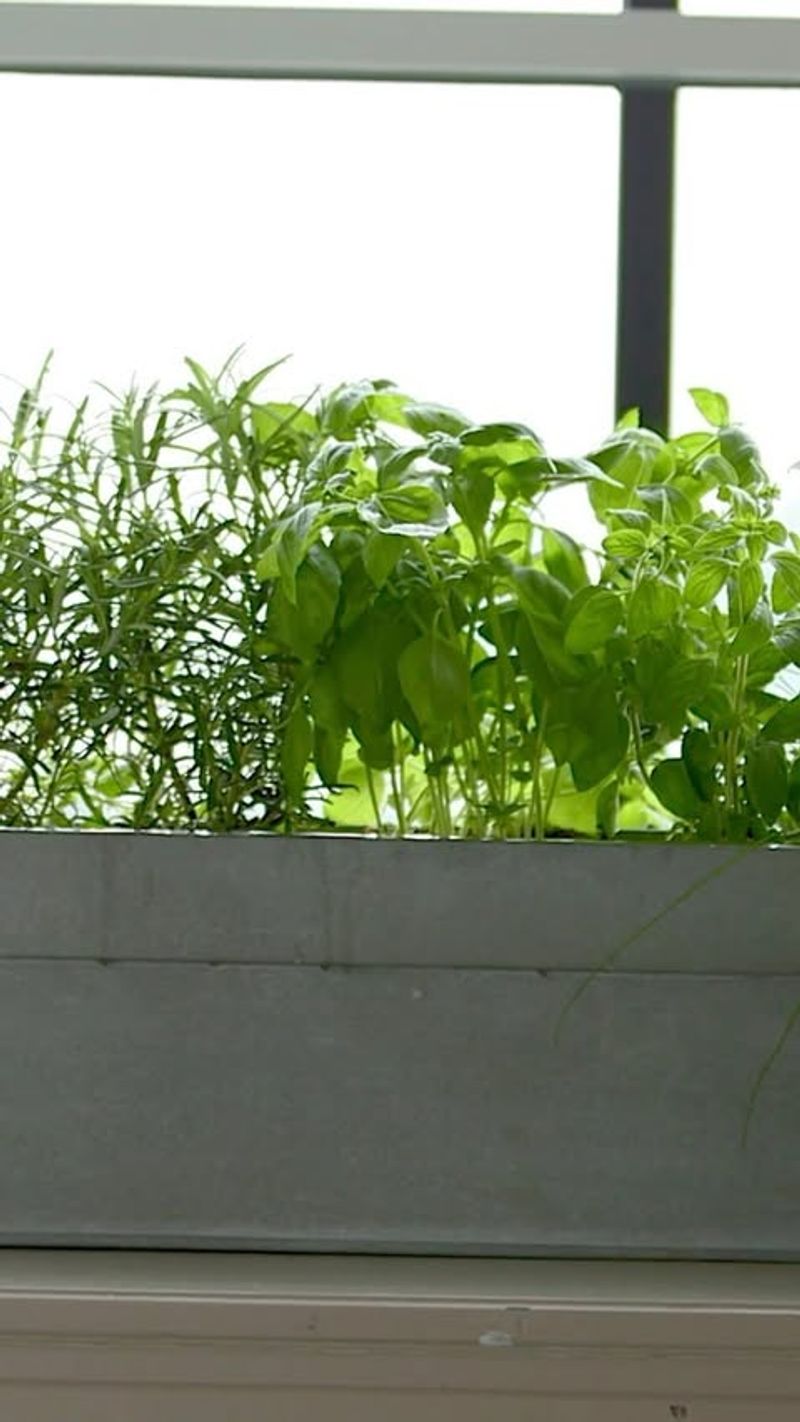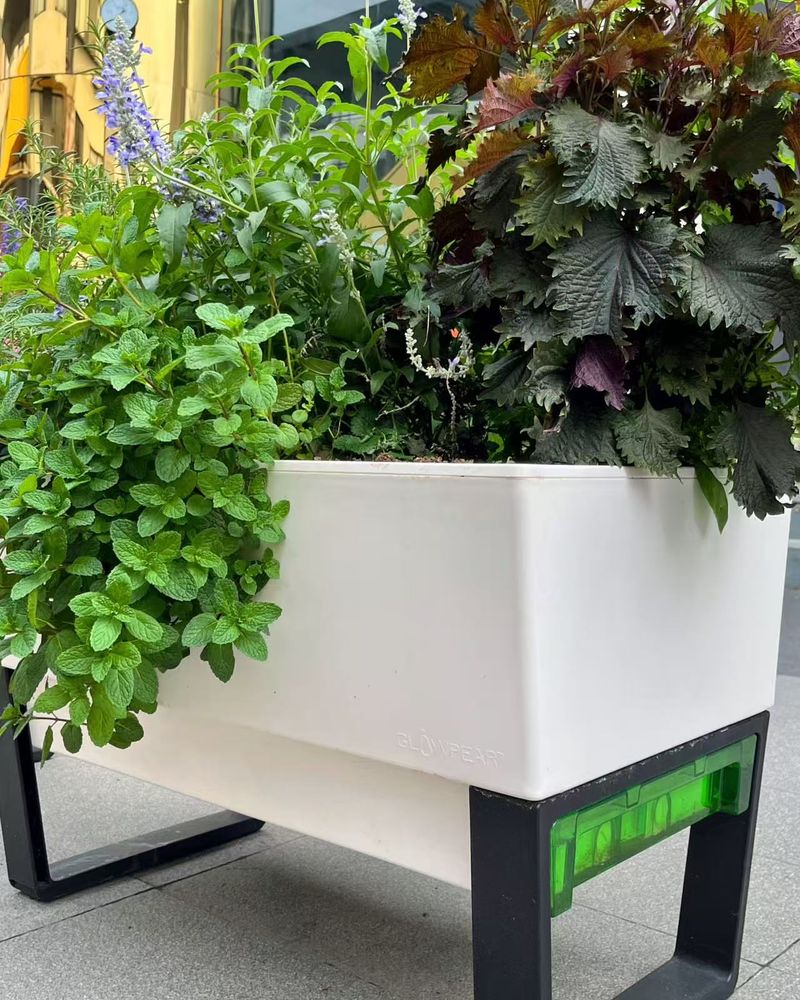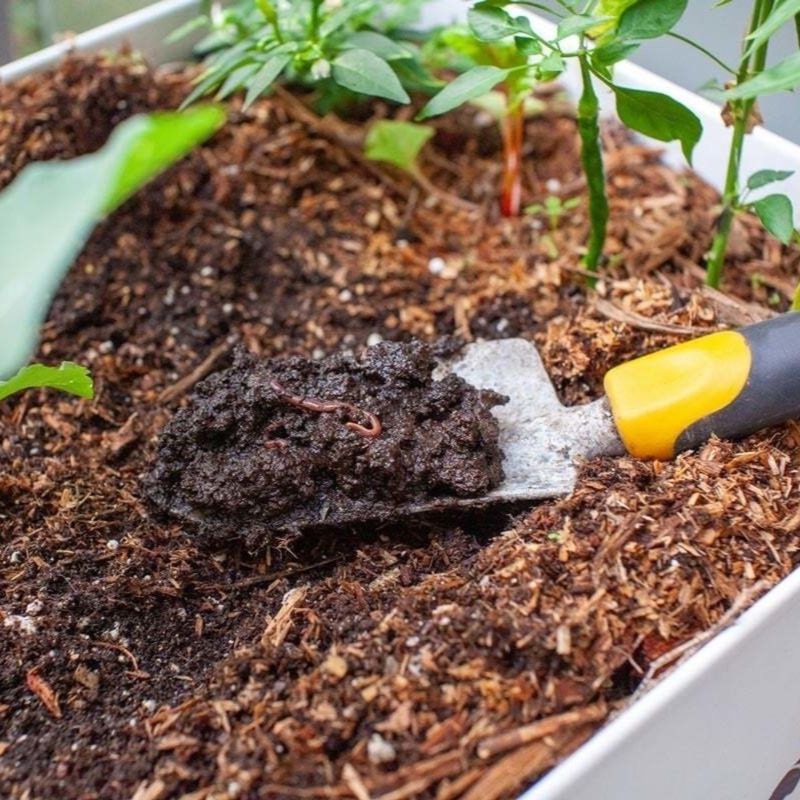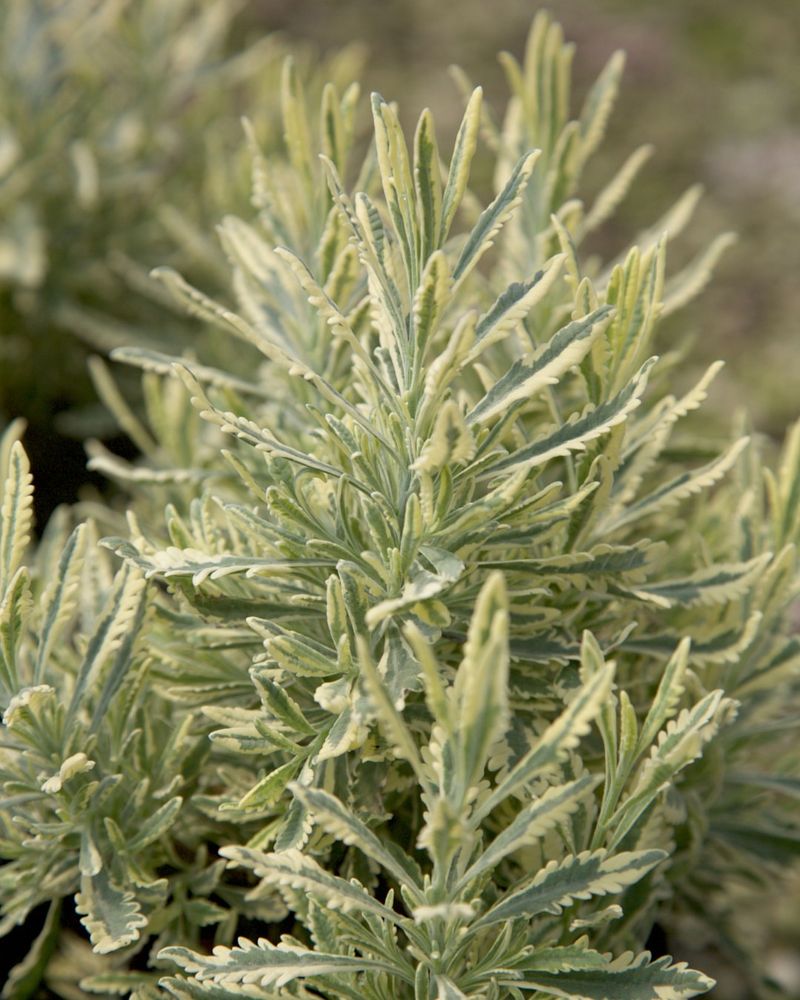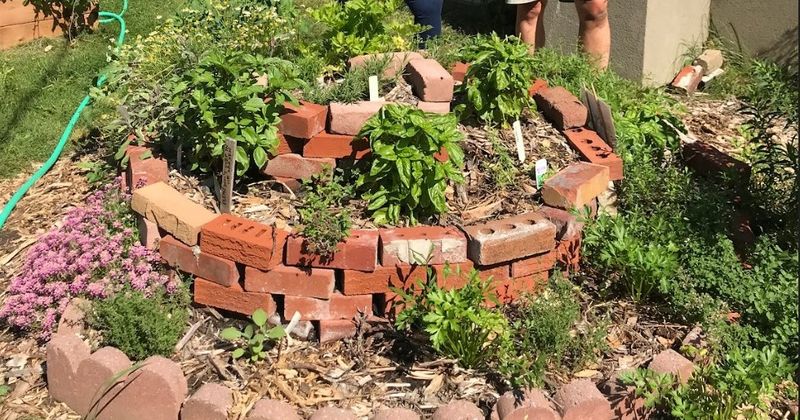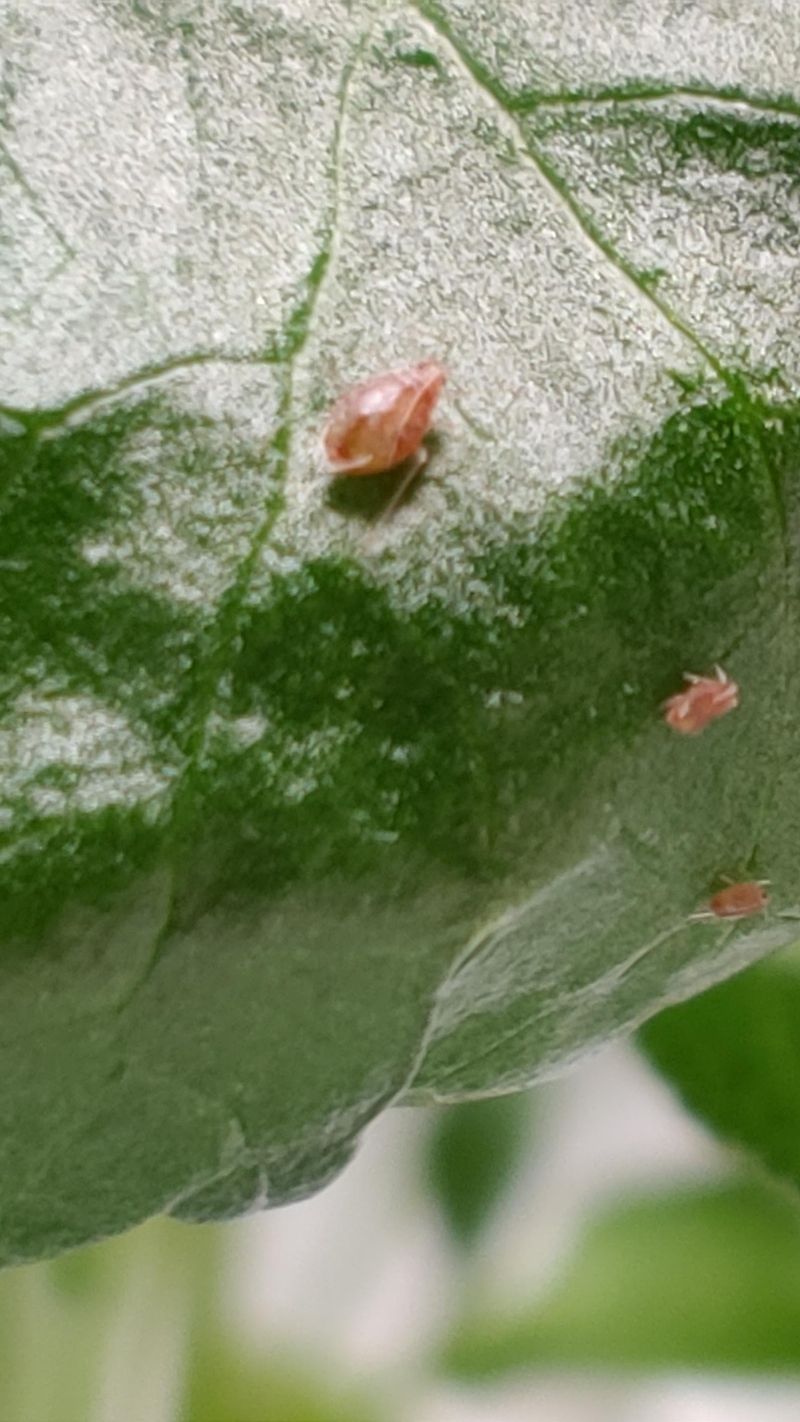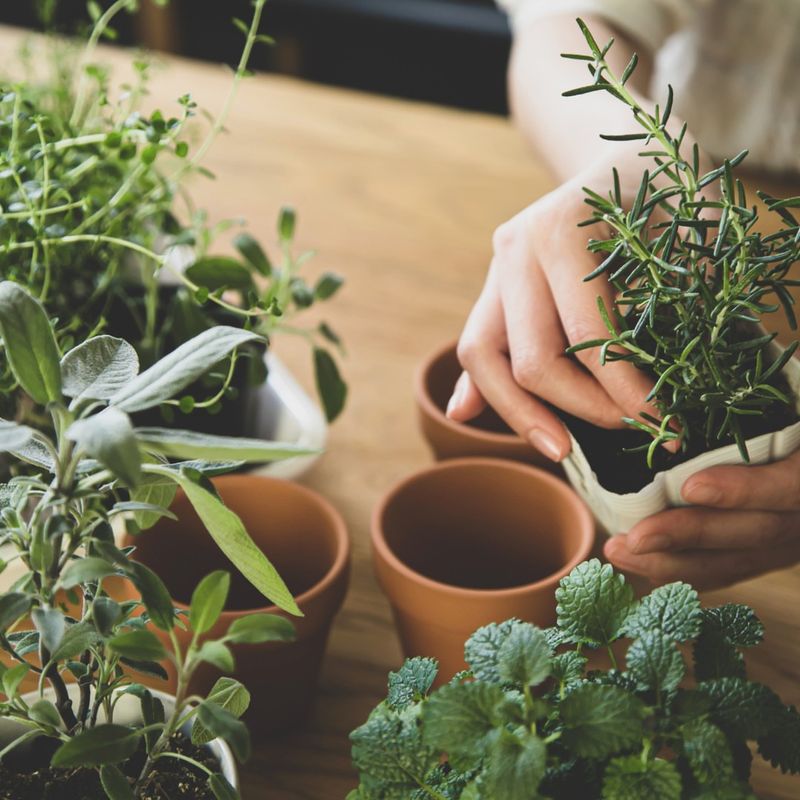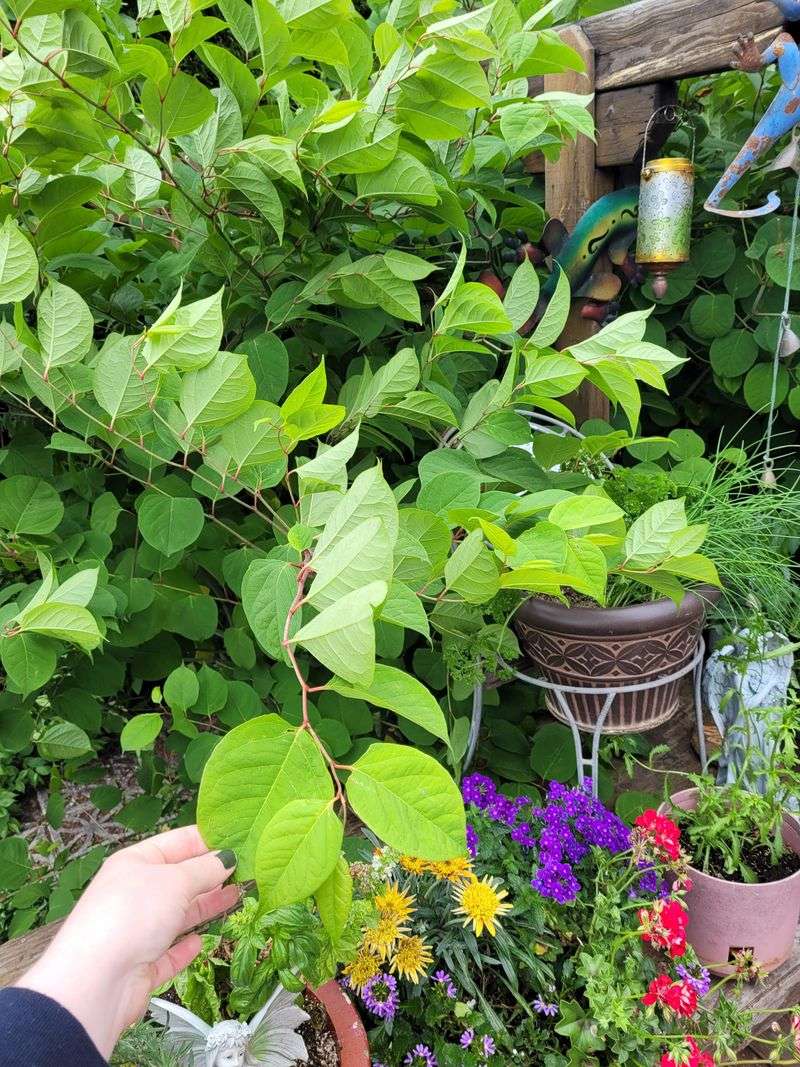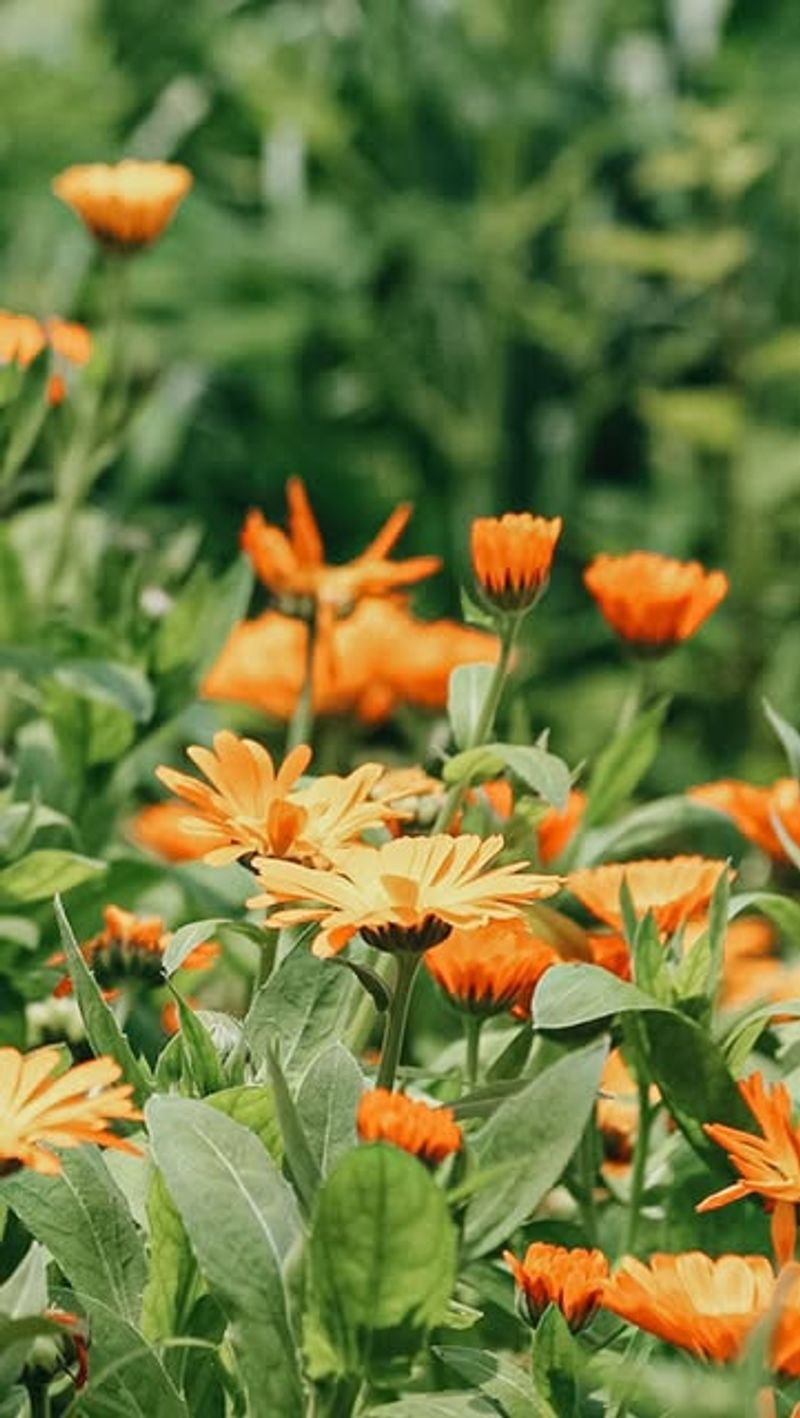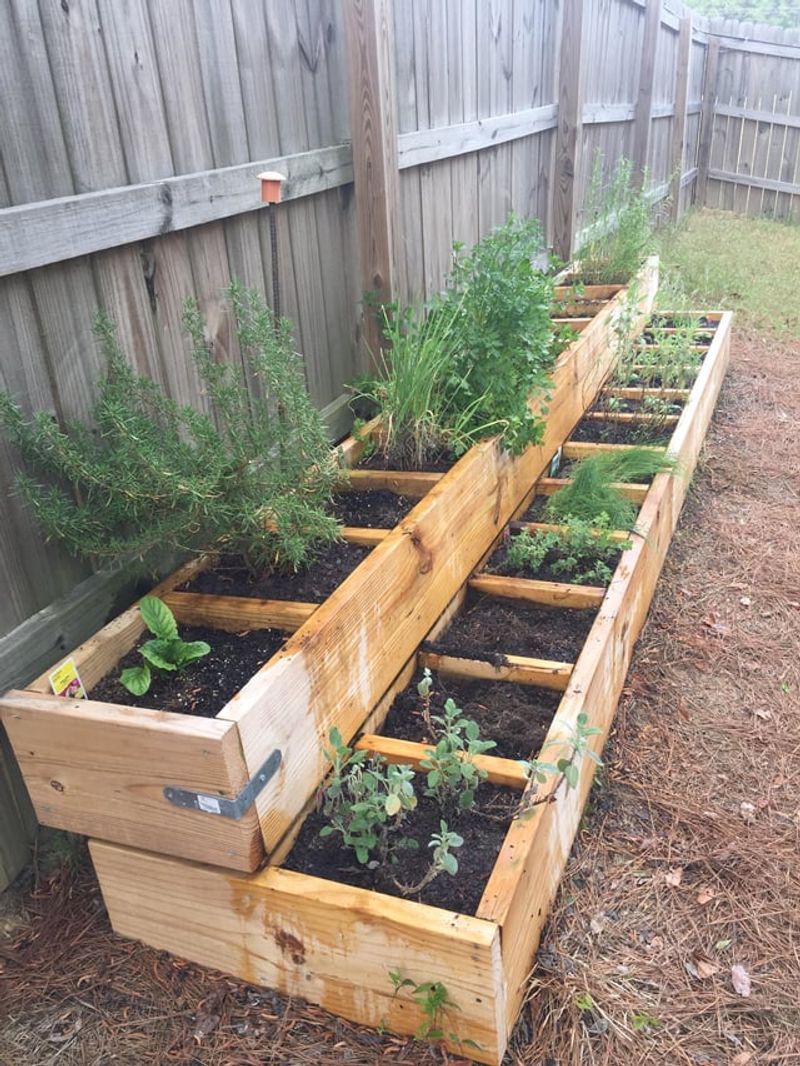Herbs might seem cheap at the store, but those little bundles add up fast—especially if you cook often. I started growing my own and quickly noticed the savings, plus the flavor was way better.
These 15 reasons show why growing herbs at home can actually cost less in the long run. That said, there are a few things that can eat into your savings if you’re not careful.
If you’re on the fence about planting your own, this might just convince you it’s worth it.
1. Bulk Savings Add Up
Store-bought herbs often come in fixed quantities that force you to buy more than needed. Growing your own means harvesting exactly what you need, when you need it. No more wasting money on herbs that wilt in your fridge!
Think about it – a single basil plant can yield dozens of harvests throughout the season. That’s equivalent to buying 20-30 of those plastic packages from the store.
2. Year-Round Access
Seasonal price spikes won’t affect your budget when you grow herbs indoors. Many grocery stores charge premium prices for fresh herbs during winter months when supply is limited. Your windowsill garden keeps producing regardless of season.
A simple grow light setup can extend your growing season indefinitely. Even in the darkest winter months, you’ll have fresh herbs while others pay double or triple the normal price.
3. Quality Control Benefits
You decide exactly what goes into your herbs when you grow them yourself. No mystery pesticides or chemicals – just pure, organic herbs if that’s your preference. Premium organic herbs at stores can cost up to three times more than conventional ones.
Freshly picked herbs also contain higher levels of essential oils and flavor compounds. The taste difference is remarkable compared to herbs that have been sitting on store shelves for days.
4. Seeds Cost Pennies
A single packet of herb seeds costs roughly the same as one store-bought bunch but yields dozens of plants. Most seed packets contain 100+ seeds and cost between $1-4, while a single bunch of fresh herbs typically runs $2-4.
Seeds also store well for future seasons. With proper storage, many herb seeds remain viable for 2-3 years, spreading your initial investment across multiple growing seasons.
5. Propagation Multiplies Savings
Many herbs like mint, rosemary, and basil easily grow from cuttings – absolutely free! Simply snip a healthy stem, place it in water until roots develop, then plant. One purchase can become an endless supply.
Friends with established herb gardens are often happy to share cuttings. This creates a community exchange system where everyone benefits without spending additional money on new plants.
6. Reduced Food Waste
Live plants don’t spoil like cut herbs do. How many times have you found slimy herbs hiding in your produce drawer? Growing your own means harvesting only what you need for each meal.
Studies show the average household wastes about 30% of the food they purchase. With home-grown herbs, that percentage drops dramatically since they stay fresh until the moment you snip them.
7. Container Versatility
No need for fancy pots – herbs thrive in recycled containers that cost nothing. Yogurt cups, egg cartons for seedlings, or milk jugs cut in half all work perfectly. Just add drainage holes and you’re set.
Even dollar store containers work great for herb gardens. Compare this to specialty herb pots at garden centers that can cost $15-30 each, and the savings become obvious.
8. Soil Investment Strategies
Good potting soil is an upfront cost, but one bag can fill multiple containers and last for several seasons. A $10 bag of quality potting mix can support dozens of herb plants over time.
Making your own compost from kitchen scraps can eliminate this expense entirely. Coffee grounds, eggshells, and vegetable scraps create rich, free growing medium that herbs love.
9. Water Bill Wisdom
Herbs generally need less water than you might think. Overwatering is actually more common than underwatering with novice gardeners. Many Mediterranean herbs like rosemary and thyme prefer drier conditions.
Collecting rainwater in a simple bucket or using gray water from rinsing dishes can eliminate any additional water costs. Some herbs use as little as a cup of water per week.
10. Space Efficiency Matters
Even the tiniest apartments can support herb gardens. A sunny windowsill just inches wide can hold several pots producing herbs worth hundreds of dollars annually. Vertical gardens maximize limited space.
Herbs don’t compete for space with other priorities when grown vertically. Wall-mounted systems, hanging baskets, or door-hanging shoe organizers repurposed as planters make use of otherwise wasted space.
11. Pest Management Expenses
Natural pest control methods cost almost nothing compared to commercial products. A spray bottle with diluted dish soap handles most common herb pests. Companion planting naturally deters many insects.
Growing herbs like mint and basil actually repels many garden pests from your other plants. This double-duty function means you’re saving on pest control throughout your garden, not just for the herbs themselves.
12. Harvest Timing Flexibility
Store herbs must be used quickly before they wilt. Your garden lets you harvest minutes before cooking, ensuring peak flavor and nutrition. This convenience factor has real monetary value.
The ability to harvest exactly when needed means you’ll actually use what you grow. No more buying herbs for a specific recipe only to forget about them until they’re brown and slimy.
13. Medicinal Value Bonus
Many common herbs double as home remedies, saving on pharmacy costs. Peppermint tea for upset stomachs or thyme steam for congestion can replace over-the-counter medications in some cases.
Herbal tinctures and salves from homegrown plants can cost a fraction of commercial alternatives. A jar of homemade calendula salve costs about $2 to make but sells for $10-15 in natural health stores.
14. Preservation Extends Value
Drying or freezing excess herbs extends their usefulness year-round. A dehydrator isn’t necessary – simply hang bundles upside down in a dry place. Herb ice cubes work perfectly for cooking.
Dried herbs from the store cost significantly more per ounce than fresh. A single well-managed herb plant can provide enough dried product to replace 5-10 store-bought jars annually.
15. Watch Out: Time Investment
Growing herbs requires regular attention. If your schedule is already packed, the time cost might outweigh financial savings. Be realistic about the minutes needed for watering, harvesting, and maintenance.
Many beginners underestimate the knowledge curve for successful herb gardening. Research time or learning from failed plants should factor into your cost-benefit analysis before starting.

